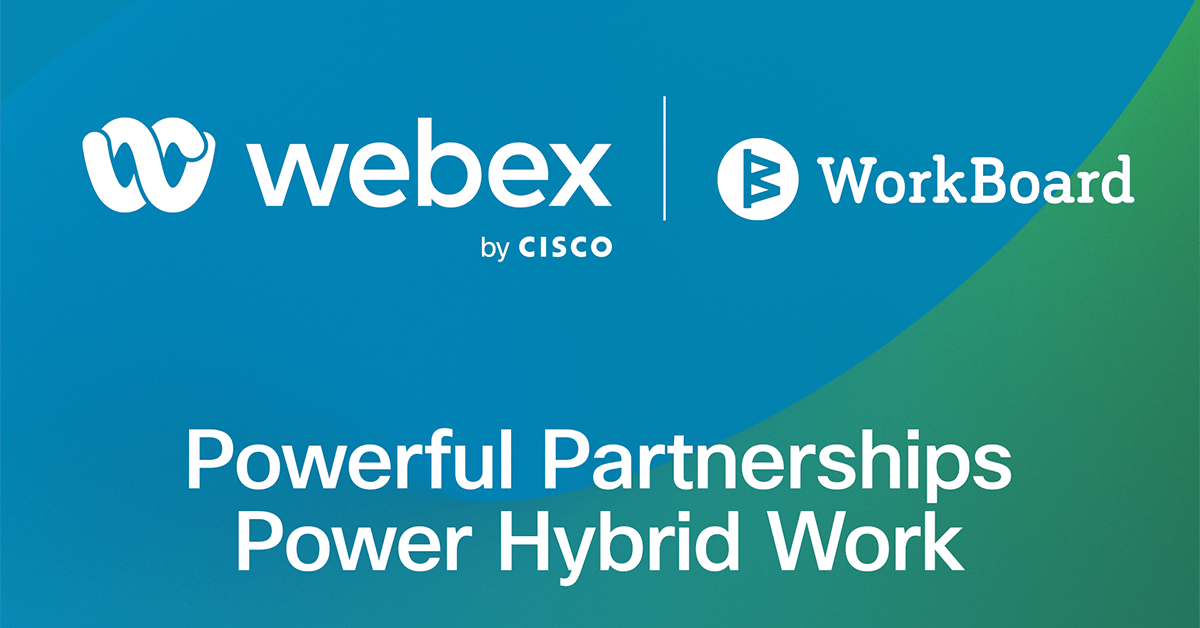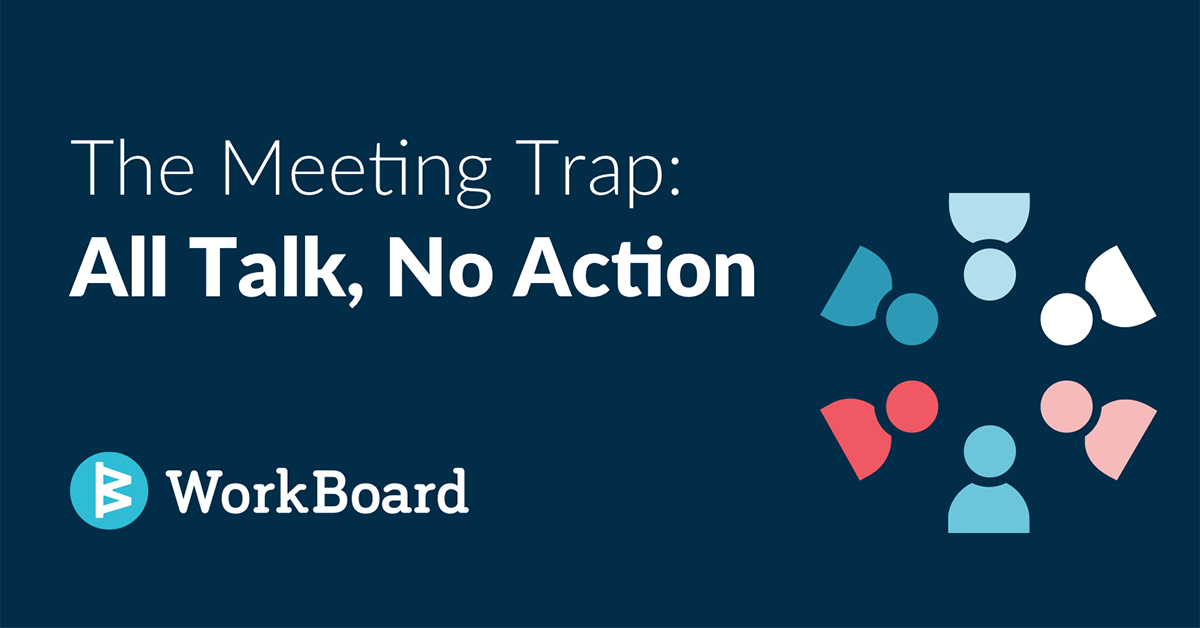You and your team have done the work to align your priorities and have shared clarity about what you’re trying to achieve. Good work! With clarity on your objectives and knowing who’s responsible for what, you can focus on what matters most to get results faster.
But what happens when you’re aligned on your priorities but have yet to align your time to that intent? Focus is out of touch. We’ve all been there — meetings, meetings about meetings, hours of preparation for business reviews, and a never-ending cycle of cramming fragmented work in between calls. Time is our most precious resource, so why do we spend so much of it focused on things other than our priorities?
Here are three guidelines to help apply those alignment best practices to your everyday work, so you can better manage your time and impact — and ultimately better execute your results.
1. Get on the same page.
- Have one meeting early on with a clear structure, a detailed agenda, and priority setting to prevent extraneous meetings later, where you’re still searching for direction rather than doing the work.
- Ensure all meetings have agendas that are purposely aligned with strategic priorities.
- Use a system of record to manage the meeting agenda, keep attendees on track, and act as a reference for live and asynchronous attendees.
2. Meet smarter.
- Create and share the agenda ahead of time, with clear actions enabling you to "meet" asynchronously across locations, time zones, and working styles without having a live call.
- Have the conversations that matter, with the people who need to be there. Instead of meeting with everyone, send meeting summaries to stakeholders that should be kept in the loop, but don’t need to attend live. They can catch up in three minutes rather than spending a full hour in the meeting.
- Connect meetings to clear deliverables and action items, so folks know what they should be working on.
- Use meeting agendas as a group to ensure meetings are worthwhile, focused, and follow-through really happens. If there’s no agenda, there’s no meeting.
- Less time in status meetings allows you more time to achieve intended outcomes both for the business and your career.
3. Work better together.
- Great feedback means an even greater impact. Make sure actuals live right where you’re meeting, and compose a plan for growth to provide the groundwork for meaningful one-to-one discussions.
- Use historical records to ensure feedback is clear, actionable and helps individuals and the greater team move forward.
By aligning your time to your priorities, remaining clear on progress to plan, and using a system of record, you and your team can watch your impact soar.
Let us show you how to integrate these best practices and use WorkBoard Meetings to actively manage your time and impact. Easily connect your calendar to WorkBoard, create smart agendas that link your Objectives and Key Results, Workstreams, and Action Items to discussion topics, and send meeting summaries to meeting attendees and stakeholders.
What best practices do you use to align your time to your intent? Let us know!
Like it? Share it with your network!









